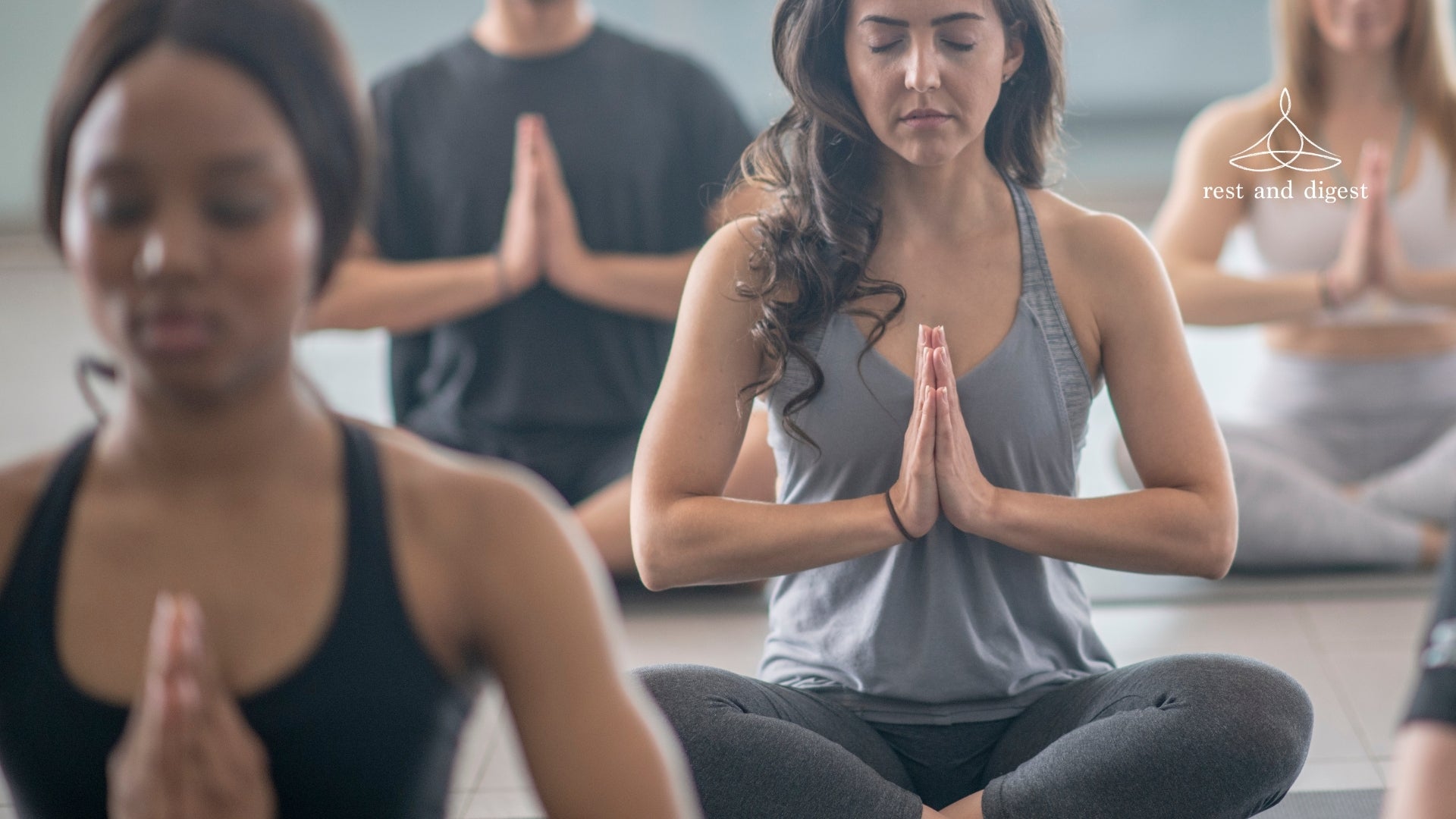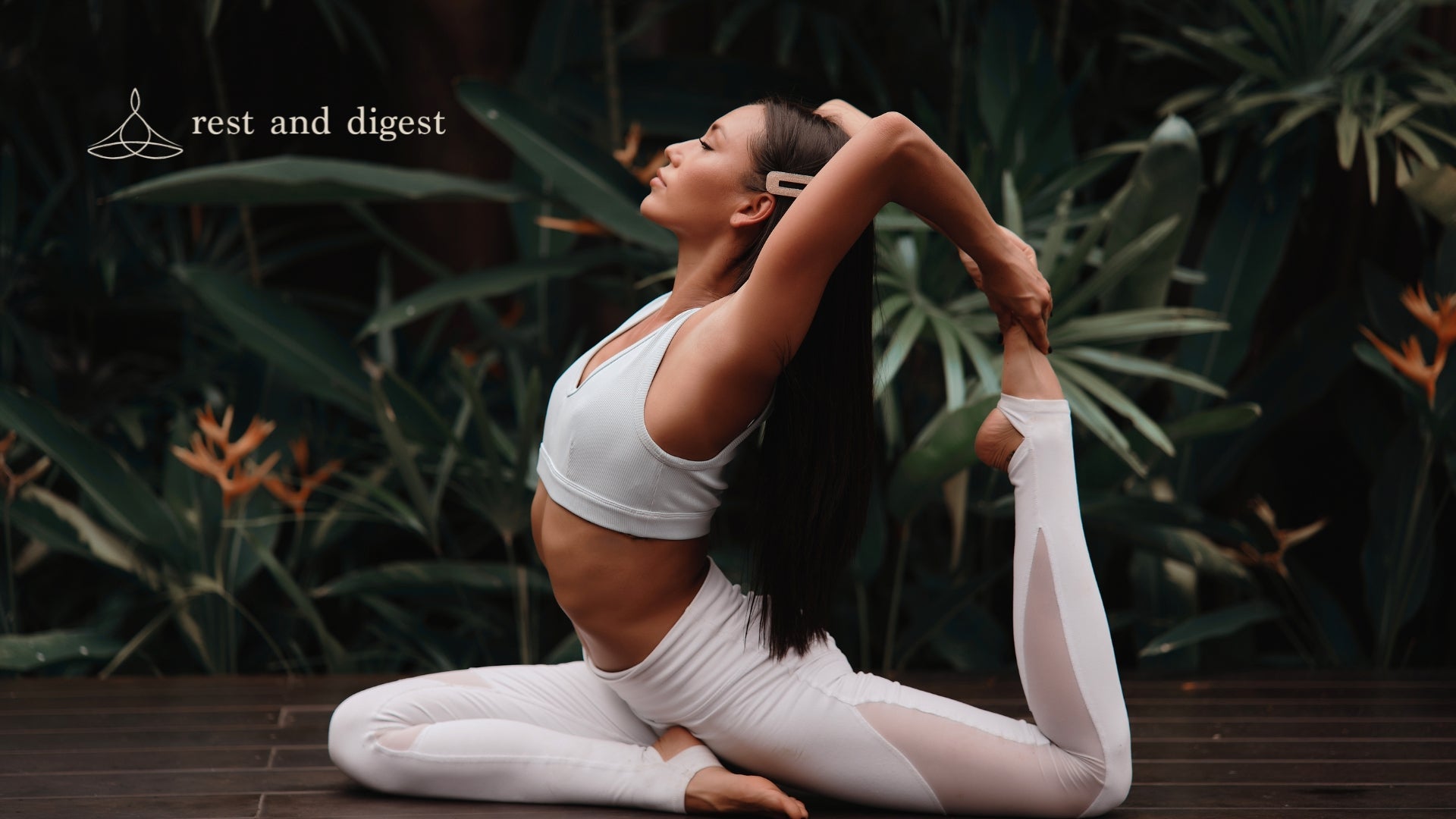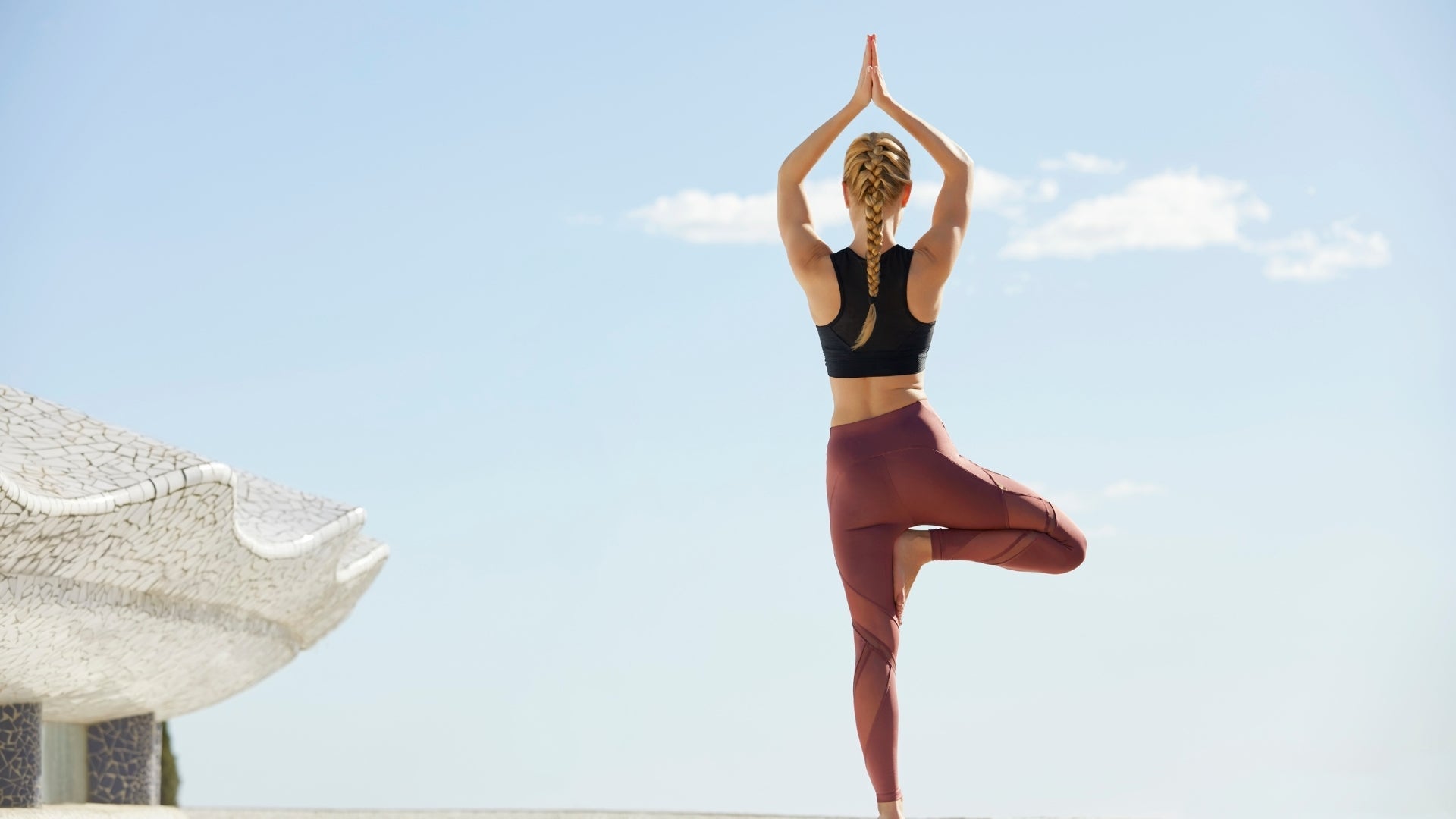
What Is Hot Yoga?
The trend of hot yoga has swept through the fitness industry like a whirlwind, its novelty lying in the synergy between physical exertion and mental refreshment. Whether you are already an experienced yogi or a beginner in this field, hot yoga offers an interesting opportunity to challenge your body and mind in an environment heated to high temperatures.
In this article, we will investigate what hot yoga is and explore its various aspects from its origins and benefits to different styles and tips for getting started.
Origins of Hot Yoga
So, what is hot yoga? The origins of hot yoga go back to Bikram Choudhury’s teaching methods since he developed Bikram yoga during the early 1970s. Coming from Kolkata, India, Choudhury synthesized Hatha yoga techniques with the concept of practicing yoga in a heated room. This approach was innovative, allowing for simulating his home environment, where hotter temperatures were helpful for more profound stretching and detoxification.
Different Types of Hot Yoga
Hot yoga is made up of various styles with its own approach and benefits. Here are some popular ones.
Bikram Yoga
Bikram yoga was developed by Bikram Choudhury and follows a strict sequence of 26 poses and two breathing exercises, all performed in a room heated to 105 degrees Fahrenheit at 40% humidity. It is believed that elevated temperatures promote deeper stretching; detoxification by sweating as well as an increase in blood circulation. Many yoga lovers prefer it to other types of yoga due to its structured routine.
Hot Power Yoga
This style combines the dynamic flow of power yoga with the intense heat found in hot yoga. It is an intense and physically demanding practice that involves vigorous exercise. The classes are typically held at temperatures ranging from 85 to 100 degrees Fahrenheit and focus on strength, endurance, and cardiovascular health. Muscle building, flexibility improvement, and overall wellness promotion are achieved using challenging poses and sequences integrated into this form.
Moda (Moksha) Yoga
Moksha yoga was first established in Canada, and it aims to build a sustainable, accessible, and engaged community. There are 40 traditional yoga poses integrated into this style with a personal emphasis on environmental consciousness and social sensitivity. Toxins are removed from the body as well and flexibility is improved without any threat of injury because the heat levels used are usually between 95 to 105 degrees Fahrenheit.
Tri-Balance Hot Yoga
In Tri-Balance hot yoga, the room temperature is set at about 110 degrees Fahrenheit to enhance the physical and mental aspects of the practice; thus making it outstandingly hot. This is often accompanied by dim lights that make the atmosphere quiet hence meditative. Mindfulness, self-awareness, and emotional balance all come along with turning inward in this method.
Hot Yin Yoga
This type of yoga combines aspects of heated environments that facilitate muscle relaxation with gentle principles associated with Yin yoga. Classes typically take place in rooms heated to about 95 degrees Fahrenheit and involve passive stretching and long holding postures aimed at working on connective tissues for deep restfulness. Through stillness and surrendering to each posture, tension can be released, and mobility increased; consequently inner peace plus serenity cultivated within practitioners.
Benefits of Practising Hot Yoga
Now, that you have a fair idea of what hot is hot yoga, let’s explore why you should practice it. The benefits of hot yoga are the same just like in a traditional one except that you derive some unique advantages from the heated environment.
Enhanced flexibility and strength: Studies have suggested that hot yoga can improve lower body strength, flexibility, and balance. It may also increase bone mineral density which is particularly useful for pre-menopausal women.
Better mental health: It has been found that doing hot yoga improves mental well-being and quality of life for people with chronic pain or stress. Individuals who participate in this practice often say they feel less stressed and their moods get better generally.
Healthy skin: Hot yoga moisturizes skin by increasing the moisture content, elasticity, and texture. Regular practice could also decelerate aging and boost the radiance of your complexion.
Easing stress: Taking part in hot yoga may induce relaxation and relief from stress through heat and movement combination. Many yogis find peace while others get to challenge themselves without anxiety in a warm studio.
Can Anyone Practice Hot Yoga?
While hot yoga has numerous advantages, it may not be suitable for some people.
Health conditions: People with specific health conditions such as heart disease, hypertension, heat intolerance, or pregnancy should consult their doctors before commencing hot yoga or any other high-intensity exercise regime.
Physical fitness: Due to the conducted heat and intensity of practice, hot yoga can be extremely challenging physically. However, this may be difficult for beginners to yoga as well as those not in good physical shape but often there are modifications and variations that make it possible for different skill levels.
Heat tolerance: For some people, the heat may just seem uncomfortable or overwhelming. Be attentive to what your body says and take pauses during your exercises.
Age: Even though individuals of all ages can perform hot yoga, individual fitness levels should be taken into consideration. Therefore, children and seniors who do yoga usually have to take more care and adapt their practices accordingly.
How to Get Started with Hot Yoga?
If you are intrigued by the idea of what is hot yoga, here is some advice that will smooth your way into this practice.
Start with basics: Start with the basics of yoga in a traditional and non-heated setting before attempting hot yoga. This will give you a good foundation and lower your chances of getting hurt.
Take it slow: Ease your entry into hot yoga through classes at an ambient temperature and following cues from your body. Don’t forget to drink enough water before and during the session; also take caution of signs of dehydration and overheating.
Choose the right equipment: Dress in clothing that is breathable and can wick off moisture. You should carry along a towel for drying off, a bottle containing water as well as an eco friendly mat that has a grip for extra safety and comfort during hot yoga lessons. Using props such as yoga blocks and yoga straps can also help.
Self-care: Always put self-care thoughts first before and after any hot yoga class including proper hydration, enough sleep, and recovery after exercising among others. Listen to what your body says and alter your practice accordingly.
Embrace the Heat with Hot Yoga
To sum up, what is hot yoga, and what it means to you? Offering a combination of physical and mental rewards, hot yoga has been embraced by many health enthusiasts. Whether you need better elasticity, mental peace or just to feel better; there is something for everyone and many benefits in this type of yoga. However, it’s important to approach this practice with care for your body and safety as well especially for individuals with certain health conditions. With devotion and proper direction, hot yoga could be an enriching and transformative passage toward holistic well-being.





